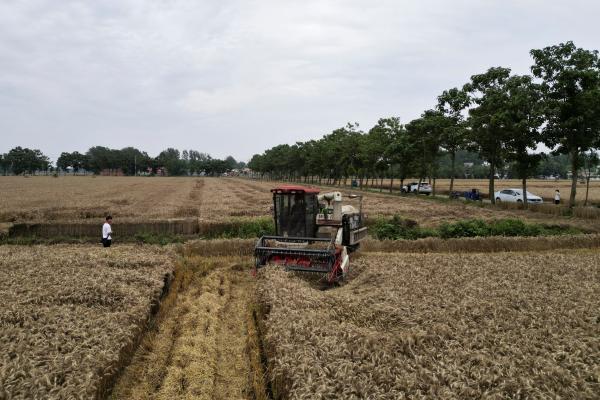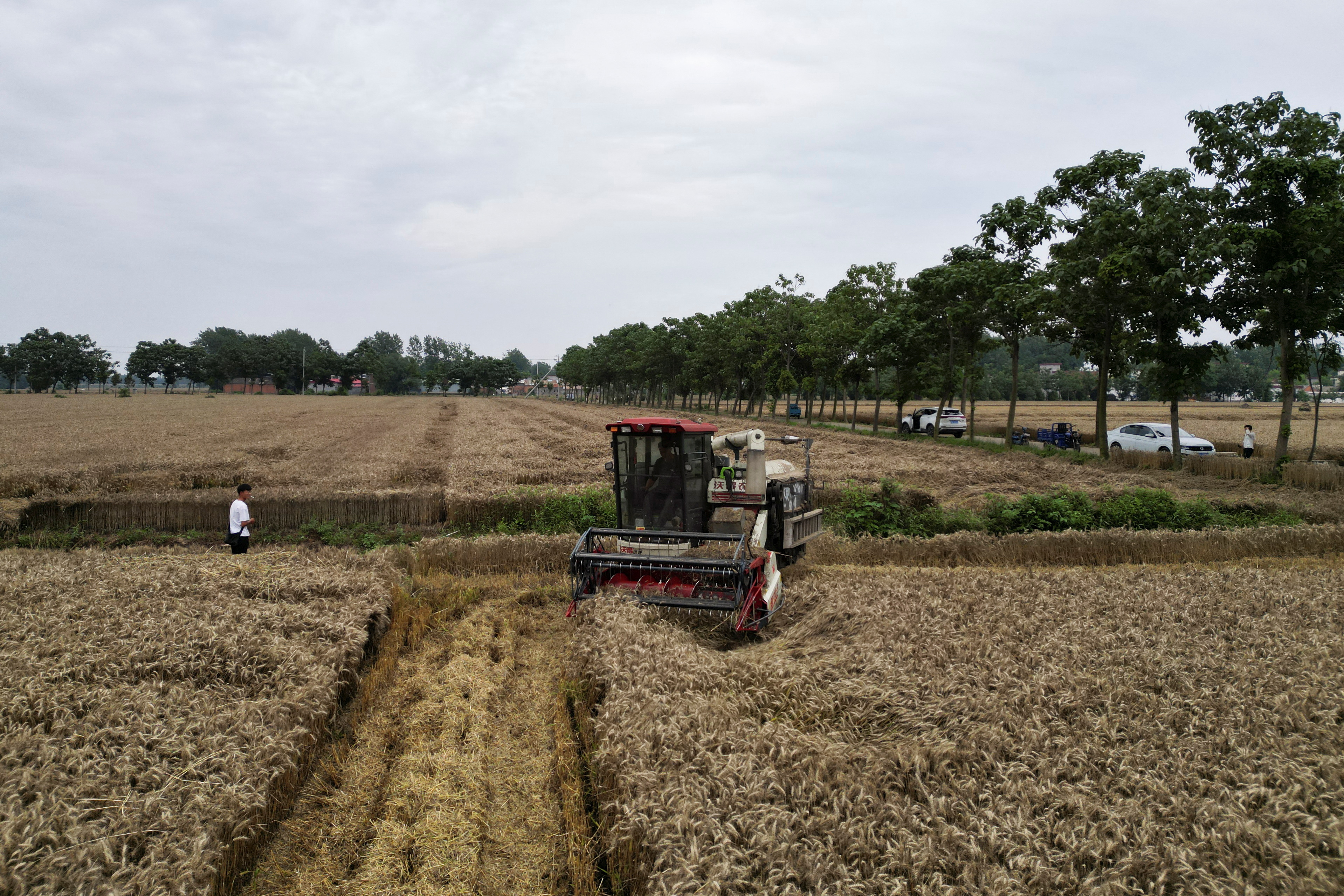BEIJING, Aug 5 — China has recently allocated over one billion yuan (RM588 million) to capital Beijing and several other areas to support recovery of agricultural production hit by floods and drought, state broadcaster CCTV said today.
Funds were allocated to Beijing, the northern Chinese province of Hebei, and the Inner Mongolia region, as well as Guangdong province in the south, to replant crops, drain farmland, and repair flood-stricken infrastructure.
Other areas, including Shandong, Hubei, and Henan provinces in eastern and central China also received subsidies to support their drought-stricken agricultural industry.
The North China Plain, a vast area that encompasses provinces like Henan, Hebei and Shandong, has been hit by persistently high temperatures and unseasonally low precipitation since July.
Yesterday, the Ministry of Agriculture and Rural Affairs warned that the area of crops affected by water shortfalls has been greater than a year earlier and rainfall is expected to remain low in August, with drought conditions potentially worsening in some areas.
Further south, in the middle and lower reaches of the Yangtze River, rice-growing regions have been swamped by record rainfall.
Yesterday, Henan province, a wheat-producing area known as China's granary, said that it received 131.5 million yuan (RM77.44 million) in funding from the central government to help support its farming sector.
That was double the amount that the central Chinese province mobilised on its own in mid-July and in early August to safeguard the autumn grain harvest, which accounts for about three quarters of the country's annual grain output.
That brings total funds allocated to support the repair of wells, maintenance of irrigation equipment, and construction of water projects to 260 million yuan (RM153.11 million) since then, the Henan finance department said on its website today.
China's autumn grain production faces significant risks and challenges from overlapping floods and droughts, the ministry said.
The ministry has issued 34 measures to minimise yield losses in severely affected areas, stabilise production in mildly affected areas and increase output in unaffected areas.




